Achi news desk-
Modern agriculture emphasizes the efficient and ecologically clean use of resources in order to ensure maximum yield and crop quality. Pre-sowing fertilizing during stripping treatment and fertilizing during the growing season are key methods that contribute to optimal plant development and achieving the desired results. This article focuses on various technologies and innovations from BEDNAR.
Spray fertilizer in advance during the strip treatment period with a STRIP-MASTER tiller
Correct and uniform seedling germination and subsequent recovery always depend on balanced soil cultivation and nutrition. It is important to carry out regular soil analyzes to determine at least the main macroelements and pH values, especially when applying organic fertilizers, where the content of individual elements is not precisely determined and gradual mineralization occurs.
Soil pH plays a significant role in the availability of certain elements, and it also affects the activity of soil microorganisms. In the case of strongly acidic or strongly alkaline soil, mineralization is limited, and nutrients are bound in insoluble compounds. Each plant has different nutritional needs that must be considered.
Spreading pre-sowing (starting) fertilizer on the top layer of the soil is necessary for plants to get off to a fast and healthy start. During the early stages of growth, plants have a shallow root system and cannot reach deeper layers to obtain the necessary nutrients. By helping them with initial fertiliser, especially with phosphorus content, the plants develop a strong root system and can reach the soil reserves earlier.
Mineral nitrogen should be replenished evenly and regularly, as it is very mobile and migrates. To get a good start, a small amount of nitrogen is enough, and then put on a top. The potassium stock in the soil is more stable, mainly due to its accumulation in biomass and its subsequent return to the soil during post-harvest processing of residues. Complications can occur on clay soils or on crops with a high need for potassium.

Strip cultivation has many advantages in terms of plant nutrition, one of which is to retain recycled nutrients on the soil surface and gradually return them as organic residues left on the surface.

During the preparation of the soil in the autumn, nutrients have time to enter the absorption complex of the soil and are available to warm crops at sowing. It is important to note that for some spring crops with deep roots, nutrients are needed at the beginning of sowing and deeper into the soil profile.
In the spring, strip cultivation is used, for example, when sowing corn after harvesting rye for silage. In this case, it is advantageous to use the option of spreading organic fertilizers together with strip cultivation to regulate the C:N ratio and accelerate the mineralization of organic matter.
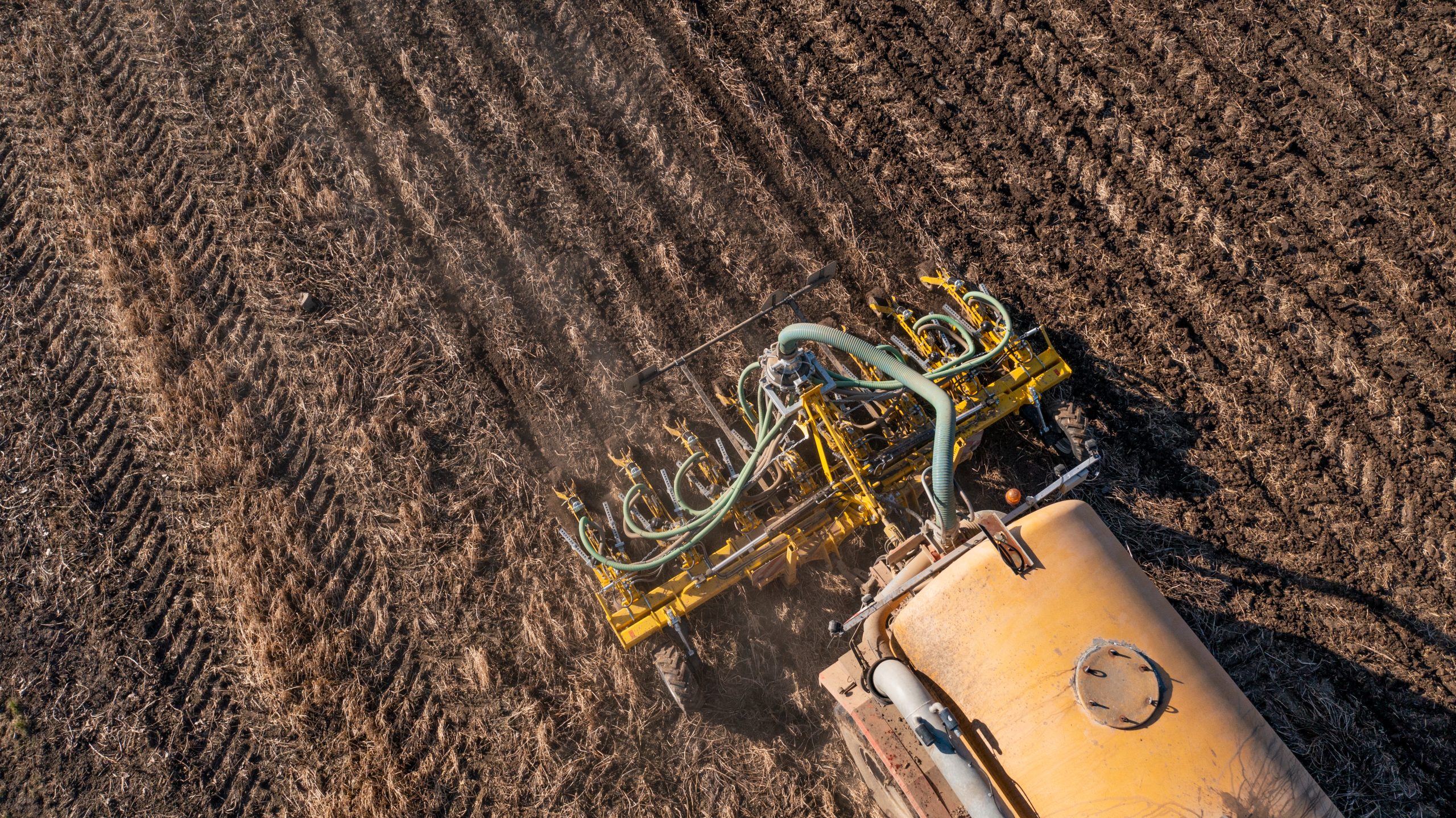
The use of the STRIP-MASTER cultivator includes a combination of strip cultivation and the introduction of granular or liquid fertilizer to a depth of 5-30 cm in one operation. At the same time, time is saved and the number of repetitive passes on the field is reduced. STRIP-MASTER allows you to apply fertilizer at two selected depths. This allows you to spread reserve fertilizer deeper into the soil profile and starter fertilizer. In addition to erosion control measures, this technology also ensures easy access for plants to the necessary nutrients on the soil surface. At the same time, it ensures the gradual processing of nutrients from organic residues and reduces losses.
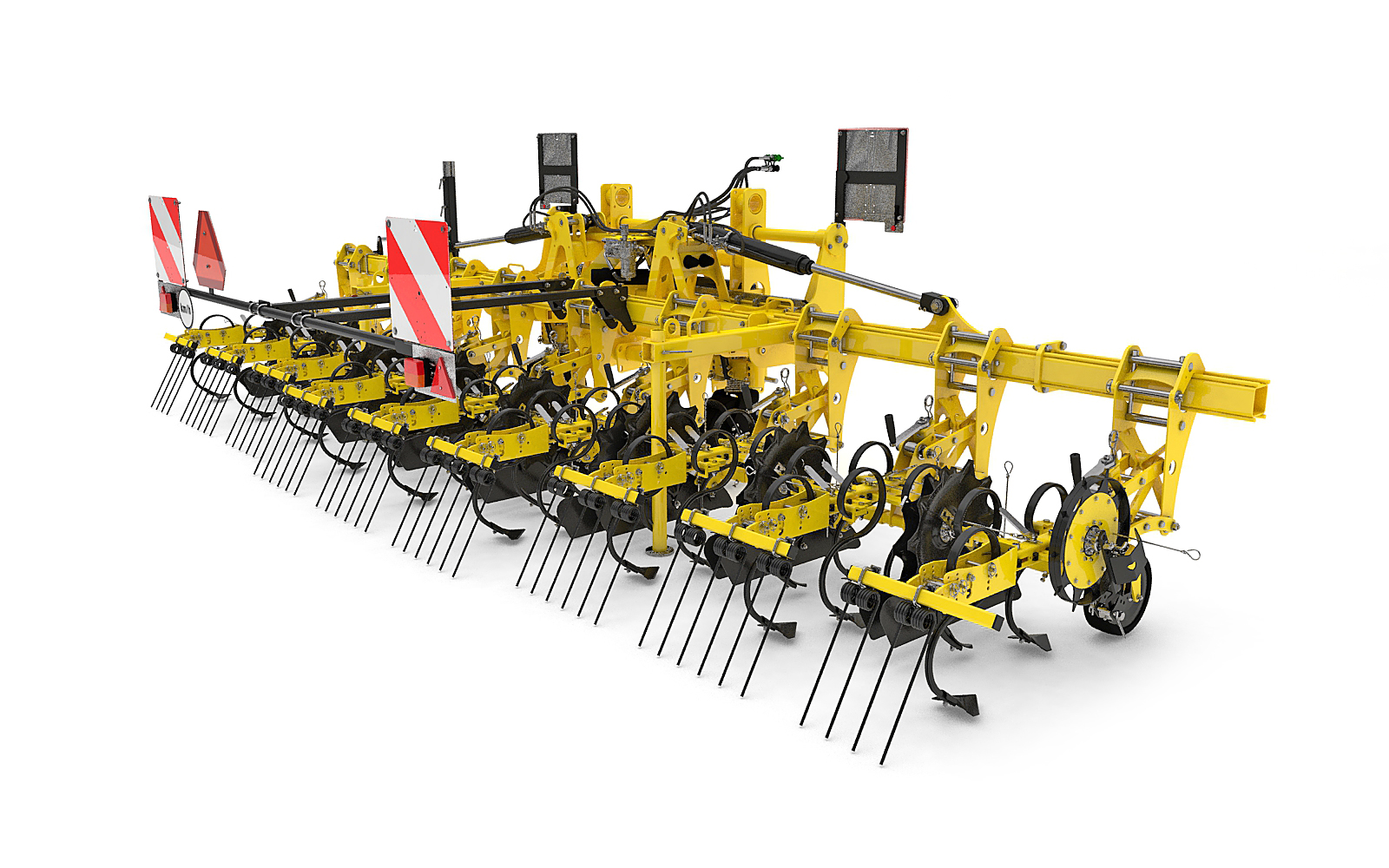
Spreading fertilizer during the growing season
It is important to resume fertilizing in early spring as soon as the weather and soil conditions allow. Granular fertilizers, mainly nitrogen (LAV, LAD, urea, fixed nitrogen), should be used in several stages due to their high mobility in the soil, to prevent losses due to leaching or evaporation in the warm months, allowing the plants to recycle’ gradually. them. Liquid nitrogen (DAM 390) or sulfur nitrogen (SAM) can be applied at the firing stage of wheat. Fertilizer is applied to the soil, eliminating concerns about plant burns.
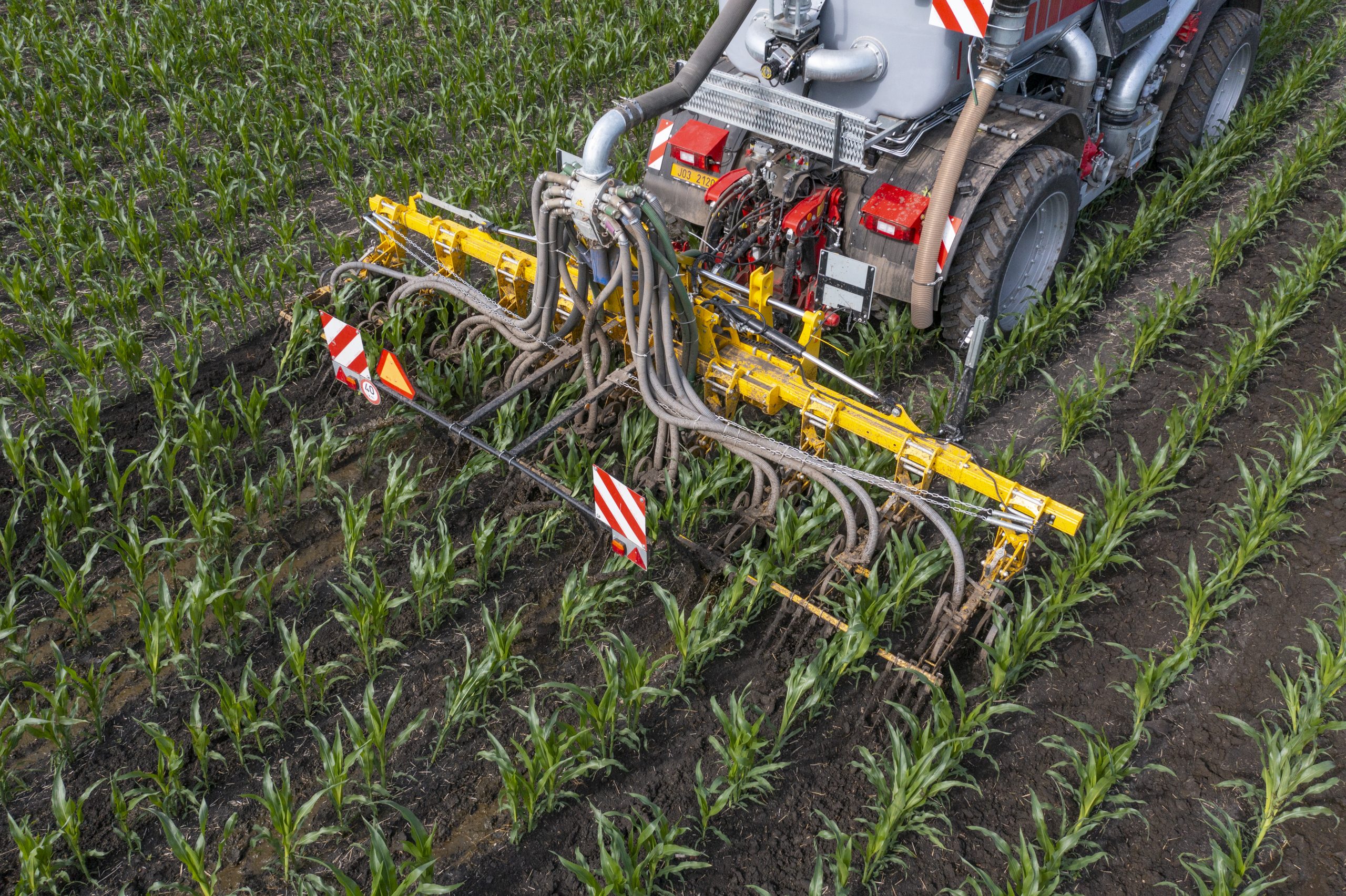
In recent years, foliar feeding or plant biostimulation has become increasingly popular. It needs to be adapted to all cultures and weather conditions. Each culture has different requirements for macro- and micronutrients. The best possible solution is gradual foliar feeding according to the crop and its current condition based on foliar analysis (ARR) at specific growth stages.
With the inter-row cultivators ROW-MASTER RN and ROW-MASTER RN_PROFI, two operations can be carried out in one pass, combining soil fertilization with solid and liquid fertilizers with inter-row cultivation. Cultivation between the rows is necessary mainly to remove weeds or soil crust that obstructs air and water access. To reduce the risk of damage to plants during a trip and achieve high productivity, the cultivator can be equipped with the CultiCam automatic guidance system.
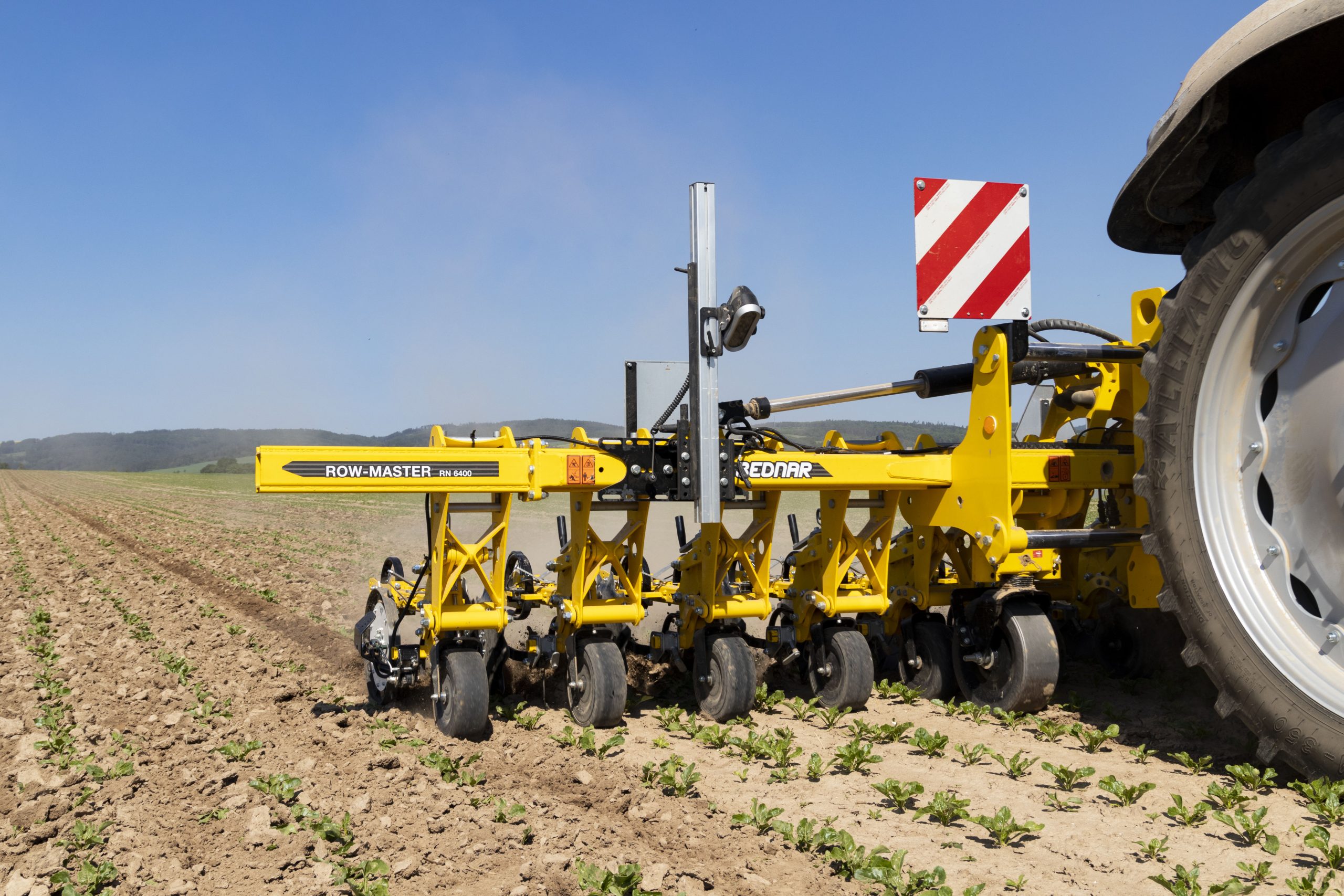
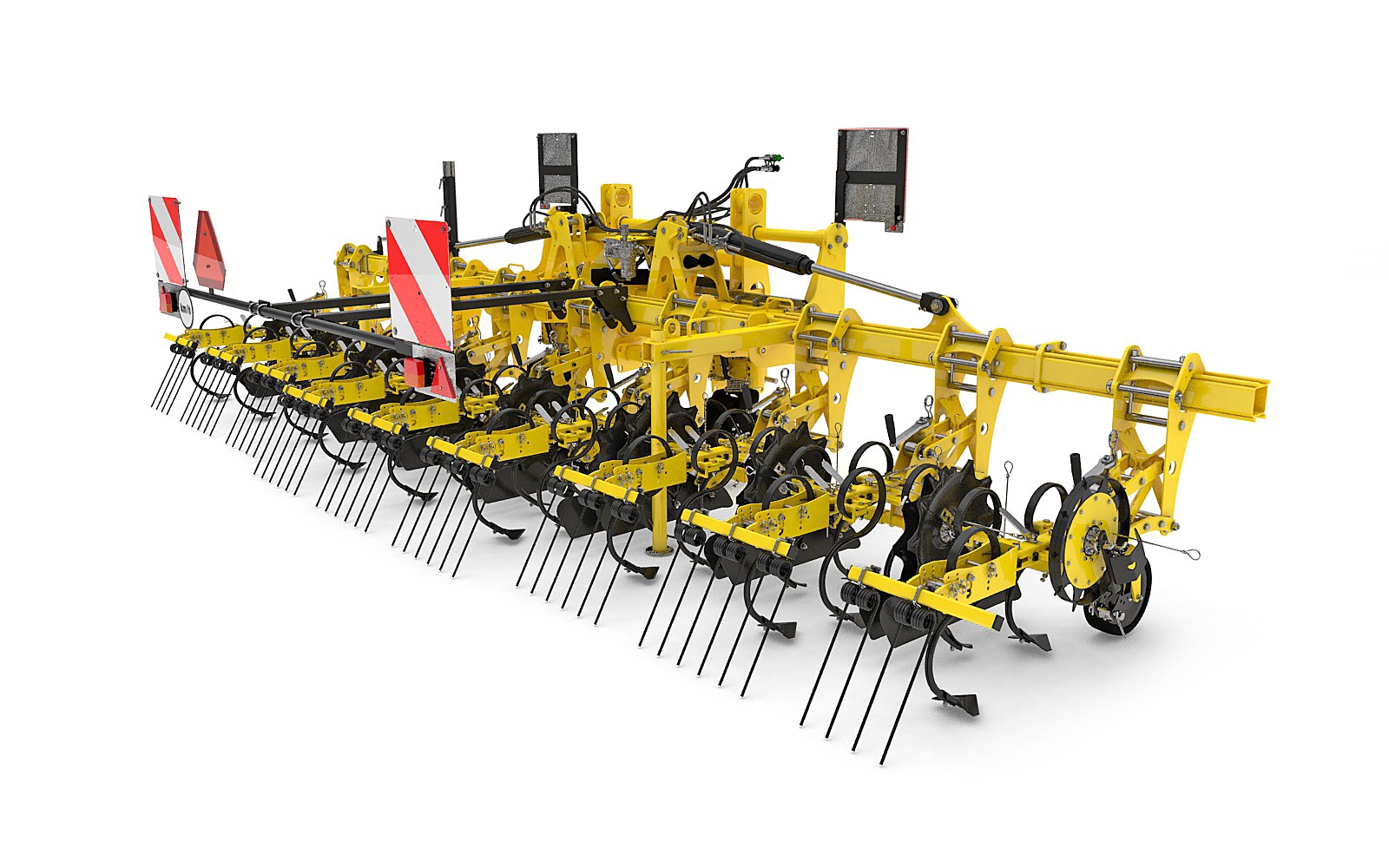
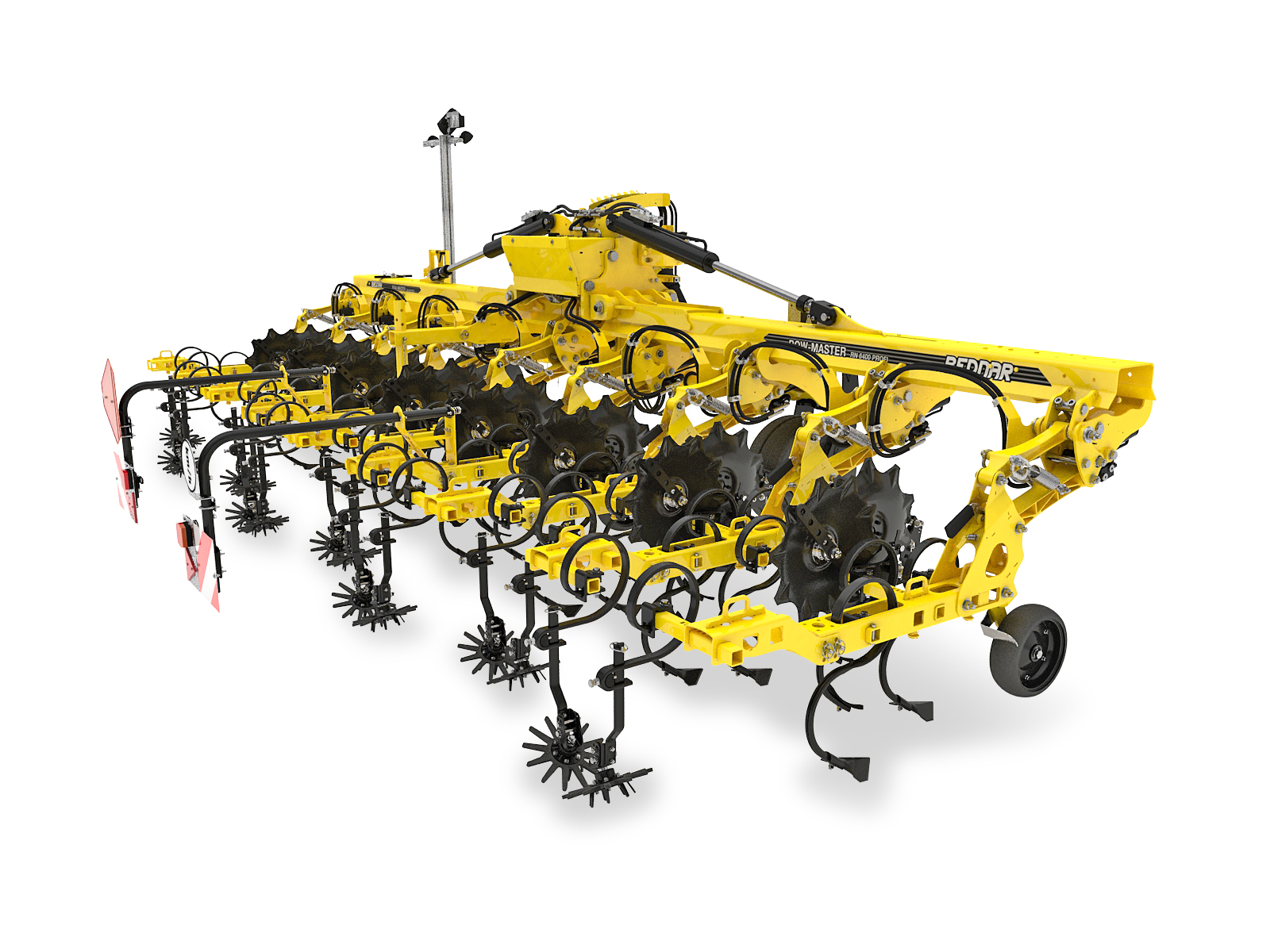
Correct and uniform nutrition of plants significantly increases the yield and the general resistance of the culture to further adverse conditions, such as long dry periods. By using strip and inter-row cultivators, you can protect the soil from drying out and promote moisture conservation, thereby increasing nutrient uptake by plants. Find out about the equipment options of the STRIP-MASTER and ROW-MASTER handlers in our configurator.
Video:
0

